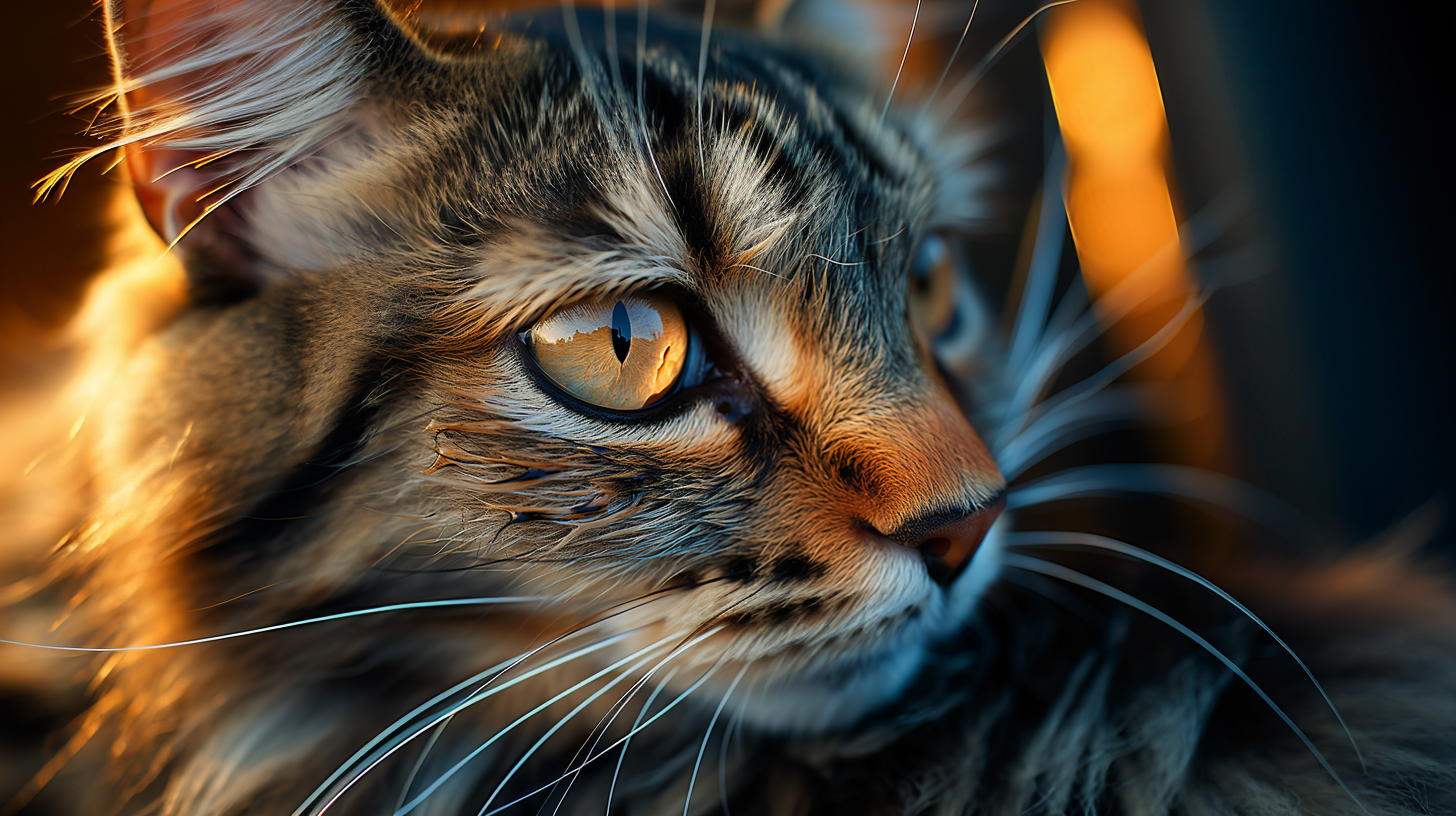In this Article
- Desert Iguana Physical Features
- Desert Iguana Habitat
- Desert Iguana Behavior
- Desert Iguana Diet
- Desert Iguana Population & Lifespan
Iguanas are known to be some of the biggest lizards in the American region. Their tails, formed like whips, make up roughly half their size. Iguanas are cold-blooded animals that can easily adapt to their environments. There are 42 known types of iguanas known. Of those 42 types, 41 are still living, and one has become extinct.
One surviving species of iguana is the Dipsosarusu dorsalis, or the Desert Iguana. The desert iguana is commonly found in the Sonoran and Mojave deserts, located in the southwestern United States and northwestern Mexico. They’re also found in many islands on the Gulf of California.
Desert Iguana Physical Features
Desert iguanas are medium-sized reptiles. They have a stout-like appearance with a gray skin tone. They grow to be around 10 to 16 inches long with a weight of around two to three ounces. Their body is rounded, and their snout-to-vent length is around 5.25 inches long. At hatching, the desert iguana size measures 3.75 inches long. A reddish-brown pattern adorns their gray skin, while similar colored dots appear along their tails. Male and female desert iguanas are very similar in appearance, but males typically have reddish markings near their tails, whereas females don’t. Also, desert iguanas have dorsal scales and a serrated crest stretching from the neck to the tail.
Desert iguanas have sturdy limbs, large oval holes for ears, and femoral pores, which are used to mark their territory. During mating season, the sides of the desert iguana turn pink.
Desert Iguana Habitat
As their name implies, desert iguanas are heat tolerant and can withstand sweltering temperatures. As such, desert iguanas can tolerate extreme heat temperatures upwards of 115 degrees Fahrenheit. They like to bask in the early daytime hours to help increase their body temperature, which helps regulate their metabolism. Once they reach a sufficient body temperature, they begin foraging for food. If temperatures are too high, they find shade or dig burrows to cool down.
When keeping desert iguanas as pets, it’s best to keep them in a large enclosure, typically 100 gallons or more in volume. Due to their natural habitats, they require a desert-like environment. Due to their natural habitat, these lizards prefer a dry and sandy environment. Playground sand can be used for their substrate as long as it is clean and added to a depth of 3 inches. Clean gravel or other large rock particles can be mixed with the playground sand to add extra terrain.
The enclosure should have both a cool side and a warm side. The cool side should be kept in the low 80s Fahrenheit, while the warm side should reach up to 100 Fahrenheit. The basking area should reach 110 Fahrenheit to allow them to regulate their body temperature to their liking. Turn off their basking area at night.
The enclosure should include items for climbing, basking, and hiding. These items should be distributed equally on both the warm and cool ends of the enclosure. These items are necessary to allow your desert iguana to thermoregulate and behave as they would in the wild. Allowing them to behave similarly to their natural habitat will reduce any stress related to captivity.
Place heavy objects on the enclosure’s floor with sand and gravel built up around them. Aquarium silicone cement can be used as an adhesive to connect rocks together to create mounds. It’s important to secure these structures to keep your desert iguana safe.
Desert iguanas will burrow during winter to hibernate. Hibernation begins in late October and typically ends in March. During hibernation, desert iguanas burrow around a few inches to a couple feet in soil. Juvenile desert iguanas burrow in shallow areas.
When it comes to desert iguana care, a small water dish should be kept in the coolest part of the enclosure. This helps to keep the enclosure’s humidity under control. Also, desert iguanas rely on creosote bushes for many needs, so including them in their habitat is a must. Creosote bushes provide desert iguanas a place to burrow, climb, and even feed on.
Desert iguanas are solitary creatures. Males should be kept alone or in groups of females.
Desert Iguana Behavior
Desert iguanas are territorial. Both male and female desert iguanas will mark their territory with fluorescent chemicals from their femoral pores. Males typically mark their territory around shrubs, while females will form home ranges.
Male desert iguanas will also engage in push-ups to show aggressive behavior. Desert iguanas are always on high alert for their surroundings. At the first sign of danger, they will retreat to their burrows.
Desert iguanas also have a great defensive mechanism where they can inflate to twice their size. This allows them to stand their ground when retreating is not possible. Additionally, being able to inflate when hiding allows them to remain in their burrows because predators cannot pull their large, inflated bodies out.
Desert Iguana Diet
What do desert iguanas eat?
Desert iguanas are herbivores, which means they like eating leafy greens and vegetables. Their favorite foods include mustards, pesticide-free grasses, shredded greens, orange vegetables, collards, dandelions, soft fruits, hibiscus flowers, roses, cactus pads, and prickly pears. In captivity, they should also be fed a multivitamin and calcium supplement to support their diets.
Desert iguanas also feed on their own fecal pellets, insects, and carrion.
Desert Iguana Population & Lifespan
Currently, there are no major threats to the desert iguana population. Still, there are minor threats to local populations, including habitat destruction, climate changes, and mortality on highways. Additionally, desert iguanas are often used for scientific research purposes.
Desert iguanas have a polygynous mating ritual, which means that one male will mate with more than one female. Mating season occurs in early spring. One batch of eggs is laid annually, with anywhere from three – eight eggs per batch. Hatching occurs in or around September. They emerge fully developed with the ability to protect and take care of themselves.
In captivity, the desert iguana’s lifespan is around seven years. The oldest recorded desert iguana in captivity reached 14.6 years. Those in the wild are thought to live a lot less than those in captivity, primarily due to predators, such as raptors, snakes, foxes, and other habitual threats.







